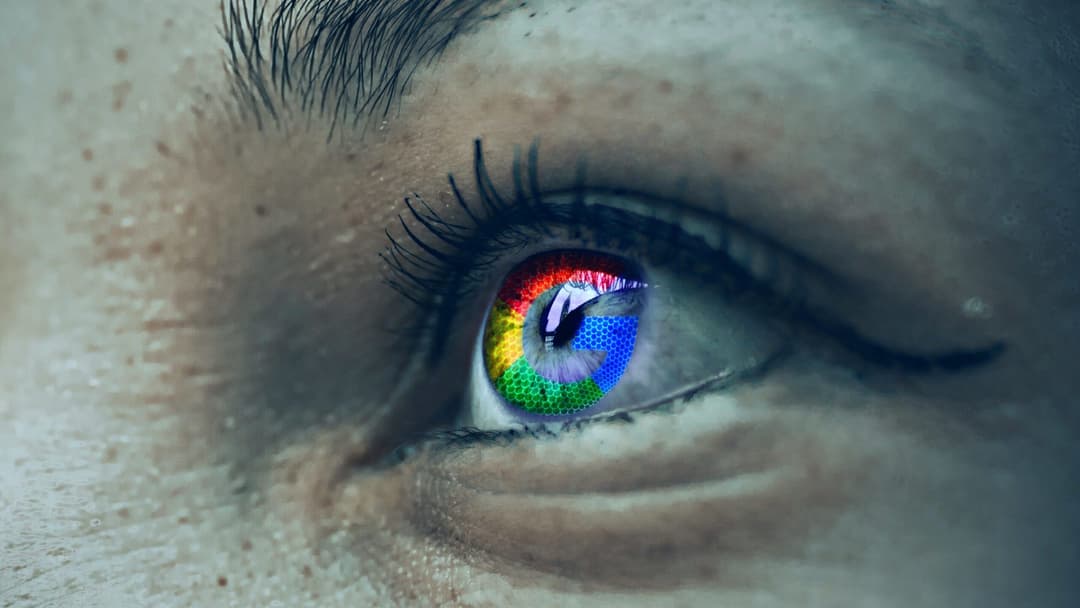
The FIFA World Cup 2022, which kick-started on 21st November, 2022 in Qatar, is receiving worldwide attention. A special thing to mention about this year’s World Cup is the advanced technology that applied to the football matches.
Video Assistant Referee (VAR) System
The VAR System was first used in the 2018 World Cup to help on-field referee to make accurate calls. Followed by the successful use of the system in the last World Cup, FIFA has announced an enhancement of the technology this year.
According to FIFA, the advanced system uses 12 tracking camera mounted underneath the roof of the stadium to track the ball and up to 29 data points of each individual player, 50 times per second. The data points track the player’s limbs and also the exact position of the ball on the pitch. The collected data will then be passed into an AI system, an automated alert will be sent to the match officials inside a video operation room once the ball is received by an attacker who was in an offside position. They will then validate the decision manually based on the video and inform the on-field referee. In this way, a more accurate calls on penalties, like an offside calls can be made.
Soccer ball with sensor
AI Rihla, the official match ball used in the World Cup 2022, was made by Adidas. Motion sensors are installed in the centre of the ball, it reports the exact location data to the video operation room 500 times per second, which allows the referee to make a precise calls. The ball was tested at different soccer tournaments, for example, the 2021 FIFA Club World Cup, before it was used in the World Cup 2022. According to Adidas, the ball did not affect the players’ performance. The sensor-ball will be used in all of the 64 matches and data will be collected in a data nerve centre, which allows officials to keep track on the game play.
Cool down of stadium
The scorching heat in Qatar can be a tough issue for football players. To cope with this, an advanced cooling system is installed in the stadium. The system is designed by Saud Abdulaziz Abdul Ghani, a Qatari professor who is also known as “Dr Cool.” Sensors are placed in the stadium which helps regulate the stadium temperature and keep it in between 64 and 75 degrees Fahrenheit. For instance, the system make use of insulation and “spot cooling”, a tech-fueled method, to let cooling take place at only the place where people are.
Prediction of winners
The Alan Turing Institute has developed an AI model to predict the result of this year’s World Cup. The prediction is based on an algorithm that relied on a GitHub user’s dataset which tracks the results of every international football match since 1872.
“In our training data, we give most importance (weight) to World Cup matches (and then decreasing weight to continental tournaments, qualifiers, and friendlies), and we also give more weight to recent matches. We also feed the official FIFA rankings into our model to provide an up-to-date estimate of team performance.” The Alan Turing Institute team explained.
The team ran the AI model 100,000 times and came to a result that Brazil will most likely win the game, with 25 % chance of winning. Belgium comes second with 18% chance of winning, followed by Argentina with a little under 15 percent.
Reference: The Washington Post, FIFA, IFLScience






